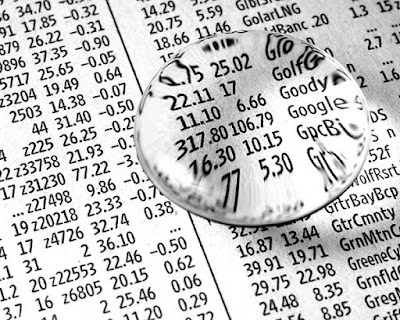The assumptions of technical analysis are that all market prices, and market fundamentals are represented on the chart. Also you don't need to see or look for the hopes, anxiety, and other factors in the chart or market data.
Also technicians have discovered that history repeats itself, and the market moves in a direction that is exactly similar or at least in a way predictable. These are referred to as signals. These signals are patterns generated by the movement of price.
So therefore, technical analysis uncovers the secrets of the future market prices after studying and observing past market prices.
Prices have been discovered to move in trend, and technicians know that they are not just random movement, they are moving in a real predictable pattern. Prices moves in three directions: sideways, up and down.
Usually, trends continue over a period of time, once they are identified. So what technicians do are to look for the possibility of a trend movement and then they buy or sell into the market.
The main components of a forex technician are the volume charts, price charts, and many other graphical representations of different market informations that can be used to measure the strength and movement of a trend. This means that to be a technician, you must be able to use many other technical tools to forecast market direction, and not just rely on price charts alone.
If you are desiring to be a technician, you have to be very disclipned. The use of these technical tools require discipline. There are cases where many traders will still hang on to a position, even when the technical analysis tells them to enter or get out. All these are what a technician to be should handle.
For example, assuming you are long on the EUR/USD pair, and you establish a stop loss at around 30 pips from your entry point. If for some reasons your expectations are not correct, and the price moves and gets to your stop loss point, you should not hold on to that position expecting it to turn around and rise. You must have a real trading plan, on where to take your profits, and cut your losses.
Don't hang on to a lossing trade.




Post a Comment